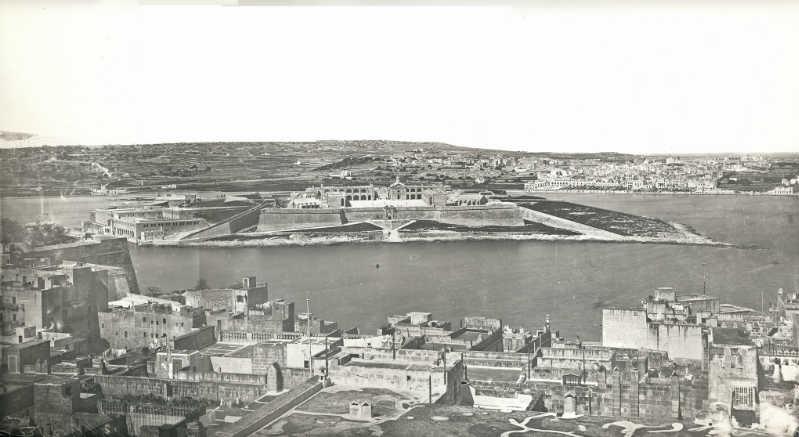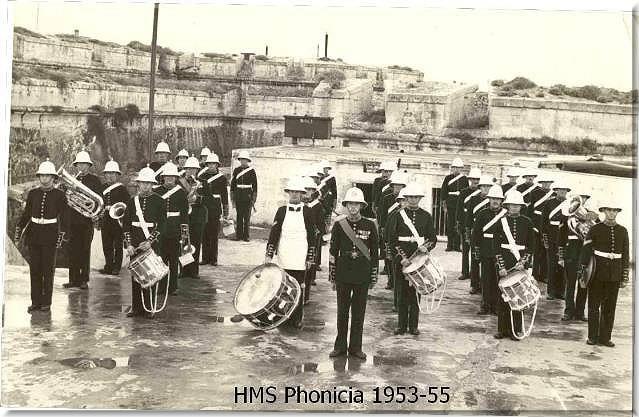History
History of the Island
In 1570, the island was acquired by the Cathedral Chapter of Mdina and it became the property of the Bishop of Malta. It was called l'Isola del Vescovo or il-Gżira tal-Isqof in Maltese (the Bishop's Island).

In 1592, a quarantine hospital known as a Lazzaretto was built after an outbreak of the plague. The hospital was made of wooden huts, and it was pulled down a year later after the disease had subsided. In 1643, during the reign of Grandmaster Lascaris, the Order of Saint John exchanged the island with the church for some land in Rabat and built a permanent Lazzaretto in an attempt to control the periodic influx of plague and cholera on board visiting ships.
It was initially used as a quarantine centre where passengers from quarantined ships were taken. The hospital was subsequently improved during the reigns of Grandmasters Cotoner, Carafa and de Vilhena.
Between 1723 and 1733, a new star fort was built on the island by the Portuguese Grand Master António Manoel de Vilhena. The fort was called Fort Manoel in his honour, and the island was renamed at this point. Considered a typical example of 18th century military engineering, its original plans are attributed to René Jacob de Tigné, and are said to have been modified by his friend and colleague Charles François de Mondion, who is buried in a crypt beneath Fort Manoel. The Fort has a magnificent quadrangle, parade ground and arcade, dominated by a baroque chapel dedicated to St. Anthony of Padua.
In the British period, the Lazzaretto continued to be used and was enlarged during the governorship of Sir Henry Bouverie in 1837 and 1838. It was briefly used to house troops but was converted back into a hospital in 1871. During the course of the 19th century, incoming mail was fumigated and disinfected at the Profumo Office of the hospital to prevent the spread of diseases.

During World War II, when Malta was under siege, Manoel Island and its fort were used as a naval base by the Royal Navy's 10th Submarine Flotilla, at which time it was referred to as "HMS Talbot" or "HMS Phœnicia". The Chapel of St. Anthony was destroyed following a direct hit by Luftwaffe bombers in March 1942. The island and the fort remained derelict for many years and Fort Manoel and the Lazzaretto were both vandalized.